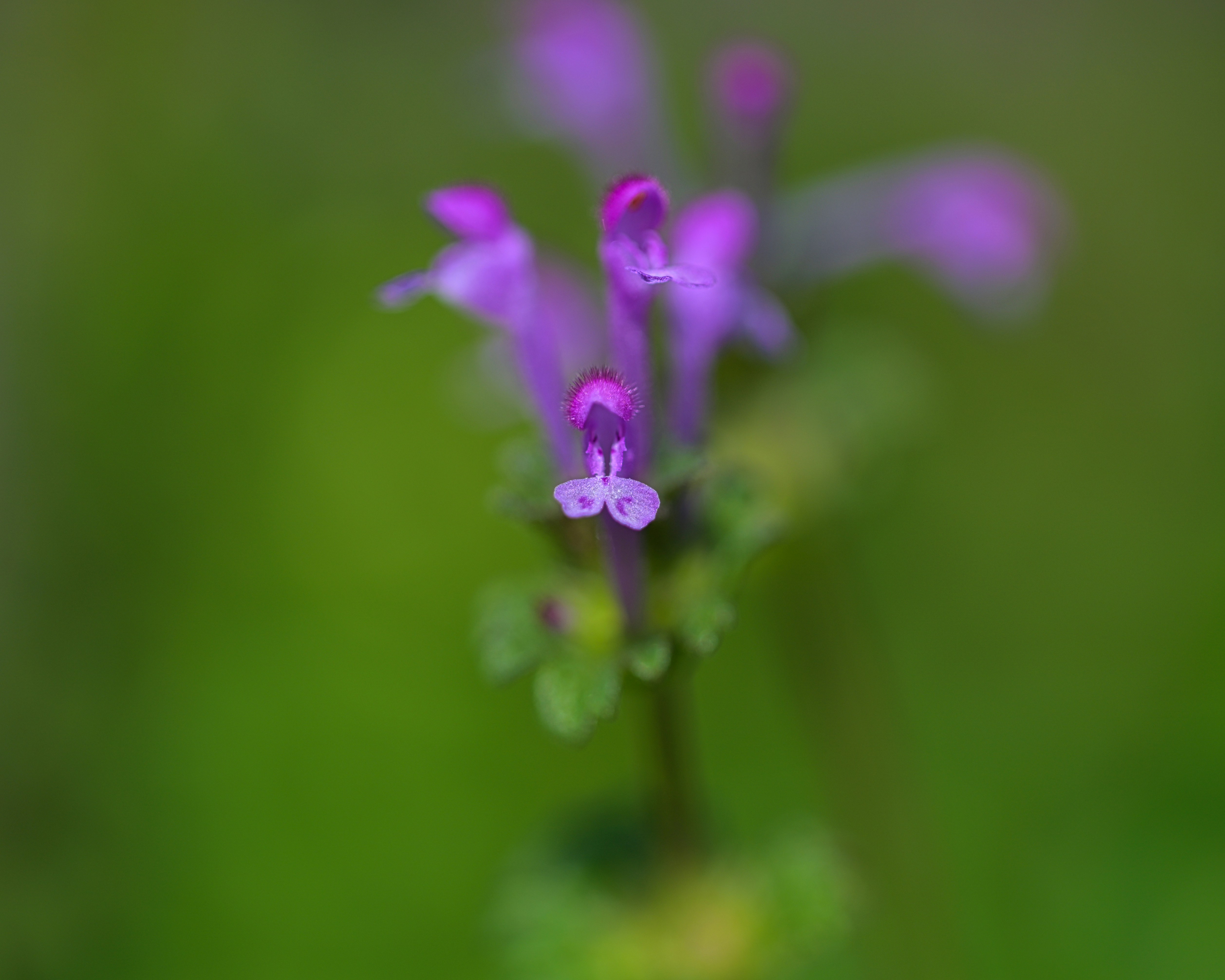Lawn Weeds: A lush, green lawn is a sight to behold. It’s a symbol of pride for homeowners and a testament to diligent lawn care.
But maintaining such a lawn is no easy task.
One of the biggest challenges? Weeds.
These unwelcome guests can quickly overrun your lawn, stealing nutrients and sunlight from your grass. They can transform your beautiful green space into a patchy, unattractive mess.
But fear not.
This comprehensive guide is here to help. We’ll delve into the world of lawn weed identification, providing you with the knowledge you need to tackle these pesky invaders.
We’ll cover everything from the difference between broadleaf and grassy weeds to the identification of common lawn weeds. We’ll also discuss effective weed removal techniques and preventative measures to keep your lawn weed-free.
For those dealing with regional-specific weeds, we’ve got you covered too. We’ll take a closer look at common Florida lawn weeds and how to manage them.
Whether you’re a beginner or an experienced gardener, this guide is for you.
We’ll provide practical, actionable advice to help you reclaim your lawn from the clutches of weeds.
So, are you ready to wage war on weeds and restore your lawn to its former glory?
Let’s get started.
Remember, the first step to effective weed control is proper identification. And that’s exactly where we’ll begin.
Table of Contents
Understanding Lawn Weeds and Their Impact
Weeds are more than just a nuisance. They’re a threat to the health and beauty of your lawn.
They compete with your grass for resources. They take up space, absorb nutrients, and block sunlight.
This competition can weaken your grass, making it more susceptible to diseases and pests. It can also lead to thin, patchy areas in your lawn, affecting its overall appearance.
But not all weeds are created equal.
Different types of weeds have different growth habits and characteristics. They require different strategies for control and elimination.
That’s why understanding the types of weeds you’re dealing with is crucial. It’s the first step towards effective weed management.
Here are the main types of lawn weeds you need to know about:
- Broadleaf weeds
- Grassy weeds
- Perennial weeds
- Annual weeds
Let’s take a closer look at each of these categories.
Broadleaf vs. Grassy Weeds: Knowing the Difference
Broadleaf and grassy weeds are the two main categories of lawn weeds. They differ in their appearance, growth habits, and the challenges they pose.
Broadleaf weeds, as the name suggests, have broad, flat leaves. They often have showy flowers, making them easy to spot on your lawn.
Dandelions, clover, and chickweed are common examples of broadleaf weeds. These weeds can be tough to control due to their extensive root systems.
Grassy weeds, on the other hand, look similar to lawn grasses. This can make them harder to identify and control.
They have narrow, blade-like leaves. They blend in with your lawn, often going unnoticed until they’ve spread significantly.
Crabgrass and goosegrass are typical examples of grassy weeds. These weeds can quickly take over a lawn if left unchecked.
Understanding the difference between these two types of weeds is key to effective weed control.
Perennial and Annual Weeds: Lifecycle and Identification
In addition to broadleaf and grassy weeds, it’s also important to understand the difference between perennial and annual weeds.
Perennial weeds live for more than two years. They can regrow each year from their roots, making them particularly tough to eliminate.
Dandelions and clover are examples of perennial weeds. These weeds can spread both by seeds and by their root systems.
Annual weeds, on the other hand, complete their lifecycle in one year. They germinate, grow, produce seeds, and die within a single growing season.
Crabgrass and chickweed are examples of annual weeds. These weeds spread rapidly by seeds, often producing thousands of seeds per plant.
Identifying whether a weed is perennial or annual can help you choose the most effective control strategy. It can also give you an idea of what to expect in terms of the weed’s growth and spread.
Identifying Common Lawn Weeds
Identifying the specific weeds in your lawn is crucial. It helps you understand their growth habits and how best to control them.
Some weeds are easy to identify. They have distinct features that set them apart.
Dandelions, for example, are easily recognized by their bright yellow flowers and fluffy seed heads.
Clover is another common lawn weed. It’s known for its small, round leaves grouped in threes or fours and its tiny white flowers.
Other weeds can be harder to identify. They may look similar to lawn grasses or other plants.
Crabgrass, for example, is often mistaken for a type of lawn grass. It has a similar color and texture, but it grows in a different pattern.
Here are some common lawn weeds you might encounter:
- Dandelion
- Clover
- Crabgrass
- Chickweed
- Plantain
- Thistle
- Bindweed
- Ground Ivy
- Yellow Nutsedge
- Bermuda Grass
Each of these weeds requires a different approach for control and elimination.
Weeds with White Flowers: Chickweed and Others
Some lawn weeds are known for their white flowers. These can add a touch of beauty to your lawn, but they can also be a sign of a weed problem.
Chickweed is a common example. It’s a small, low-growing weed with tiny white flowers.
Chickweed can quickly spread across your lawn, forming dense mats. It’s a winter annual, meaning it germinates in the fall or winter and grows in the spring.
Clover is another weed with white flowers. It’s a perennial weed that can be tough to control due to its extensive root system.
Identifying these weeds early can help you take action before they spread too much.
Purple Flower Weeds: A Closer Look
Some lawn weeds have purple flowers. These can be quite attractive, but they can also indicate a weed problem.
Henbit is a common example. It’s a winter annual with small, purple flowers.

Henbit can spread rapidly, taking over large areas of your lawn. It’s often found in lawns with poor soil or drainage issues.
Another purple flower weed is the purple deadnettle. It’s similar to henbit but has a more upright growth habit.
Identifying these weeds early can help you take action before they become a major problem.
Grassy Weeds in Your Lawn: Identification and Removal
Grassy weeds can be particularly challenging. They look similar to lawn grasses, making them hard to spot until they’ve spread significantly.
Crabgrass is a common grassy weed. It’s a summer annual that can quickly take over a lawn if left unchecked.
Goosegrass is another grassy weed. It’s often found in compacted soil or high-traffic areas of your lawn.
Identifying and removing these grassy weeds early can help prevent them from taking over your lawn.
Regional Focus: Tackling Florida Lawn Weeds
Florida’s warm climate is ideal for many types of weeds. These weeds can be a challenge for homeowners and gardeners.
Florida’s lawn weeds can be quite diverse. They range from broadleaf weeds to grassy weeds, and from annuals to perennials.
Some of these weeds are unique to Florida. Others are common in many parts of the country but thrive particularly well in Florida’s climate.
Identifying these weeds can be tricky. Many of them look similar, and some can even mimic the appearance of lawn grasses.
But with the right knowledge and tools, you can identify and control these weeds effectively.
Common Florida Lawn Weeds and How to Manage Them
One common Florida lawn weed is dollarweed. It’s a perennial weed with round, shiny leaves and small, white flowers.
Dollarweed thrives in wet conditions. If you see it in your lawn, it may be a sign that you’re overwatering or have poor drainage.
Another common Florida lawn weed is crabgrass. This grassy weed can quickly take over a lawn if it is not controlled.
Crabgrass is a summer annual. It germinates in the spring and grows rapidly in the summer.
Controlling these and other Florida lawn weeds requires a combination of good lawn care practices and effective weed control strategies.
With the right approach, you can maintain a healthy, weed-free lawn, even in Florida’s challenging climate.
Effective Weed Removal Techniques
Weed removal is a key part of lawn care. It’s not just about making your lawn look good. It’s also about maintaining the health of your lawn.
There are many ways to remove weeds from your lawn. Some methods are more effective than others. The best method for you depends on the type of weed and the condition of your lawn.
Here are some common weed removal techniques:
- Manual removal
- Using a lawn mower
- Applying lawn sprays
Each of these methods has its pros and cons. Let’s take a closer look at each one.
Manual Weed Removal: Tools and Tips
Manual weed removal is a simple and effective method. It involves pulling the weed out of the ground by hand or using a tool.
This method is best for small infestations. It’s also a good option if you want to avoid using chemicals on your lawn.
When manually removing weeds, it’s important to get the entire root. If you leave any part of the root in the ground, the weed can regrow.
Lawn Mowers and Weed Control: Do’s and Don’ts
Lawn mowers can help control weeds. But they’re not a complete solution.

Mowing your lawn regularly can prevent weeds from spreading. It does this by cutting off the weed’s flowers before they can produce seeds.
But mowing alone won’t eliminate weeds. In fact, if you mow too low, you can actually encourage weed growth by exposing the soil to sunlight.
Lawn Sprays for Weeds: Choosing the Right One
Lawn sprays can be very effective at controlling weeds. But it’s important to choose the right one.
Some sprays are designed to kill all plants they come into contact with. These are called non-selective herbicides. They’re useful for clearing large areas of weeds, but they can also harm your lawn grass.
Other sprays are designed to kill only certain types of plants. These are called selective herbicides. They’re a good choice if you have a specific type of weed in your lawn.
Lawn Maintenance and Weed Prevention
Maintaining a healthy lawn is the best way to prevent weeds. A well-cared-for lawn can outcompete most weeds, reducing the need for weed control.
Here are some key aspects of lawn maintenance that can help prevent weeds:
- Regular mowing
- Proper watering
- Fertilization
- Aeration and overseeding
Each of these practices contributes to a healthy lawn. And a healthy lawn is your best defense against weeds.
Regular Lawn Care: The First Line of Defense
Regular lawn care is the first line of defense against weeds. This includes mowing, watering, and fertilizing your lawn.
Mowing your lawn regularly helps keep weeds in check. It prevents them from flowering and spreading their seeds.
Watering your lawn properly is also important. Overwatering can encourage weed growth, while underwatering can weaken your lawn and make it more susceptible to weeds.
Fertilizing your lawn provides the nutrients it needs to thrive. A well-fed lawn is more likely to outcompete weeds.
Weed Control: Chemical vs. Organic Methods
There are two main methods of weed control: chemical and organic. Each has its pros and cons.
Chemical methods, such as herbicides, can be very effective. But they can also harm beneficial insects and other wildlife. And some weeds can develop resistance to them.
Organic methods, such as hand-pulling or using natural weed killers, are safer for the environment. But they can be more labor-intensive and less effective than chemical methods.

Lawn Treatment and Weed Management: Best Practices
Lawn treatment and weed management go hand in hand. The goal is to create a lawn that is healthy and weed-resistant.
This involves regular lawn care, as well as targeted weed control. It’s important to identify the types of weeds in your lawn and choose the right control methods.
Preventative measures, such as pre-emergent herbicides, can also be effective. These products prevent weed seeds from germinating.
Finally, remember that weed management is a long-term process. It requires patience and consistency.
Conclusion: Maintaining a Healthy, Weed-Free Lawn
Achieving a healthy, weed-free lawn is a rewarding endeavor. It enhances the beauty of your home and provides a safe space for outdoor activities.
Remember, the key to weed control is understanding your enemy. Identifying the types of weeds in your lawn is the first step towards effective weed management.
Weed control is not a one-time task. It requires regular maintenance and a proactive approach. But with the right strategies and a bit of patience, you can maintain a lush, weed-free lawn.
Recap of Key Strategies for Weed Identification and Elimination
We’ve covered a lot in this guide. From understanding the different types of weeds to exploring various weed control methods, we’ve provided a comprehensive overview of lawn weed management.
Remember, the first step in weed control is proper identification. Once you know what you’re dealing with, you can choose the most effective control method.
Whether you opt for manual removal, chemical treatments, or organic solutions, consistency is key. Regular lawn care and maintenance are crucial for keeping weeds at bay.
Next Steps for a Lush Lawn
Now that you’re armed with knowledge, it’s time to take action. Start by identifying the weeds in your lawn, then choose your weed control strategy. With consistent effort, a lush, weed-free lawn is within your reach.
